17 types of fruit trees that can be grown in pots! Remember them and build your own delicious orchard
Those interested in organic gardening often enjoy growing edible plants, including fruit, in their yards and patios. However, due to space constraints, towering trees aren't usually our first choice. Instead, we generally prefer smaller plants that can be grown in planters or large pots.
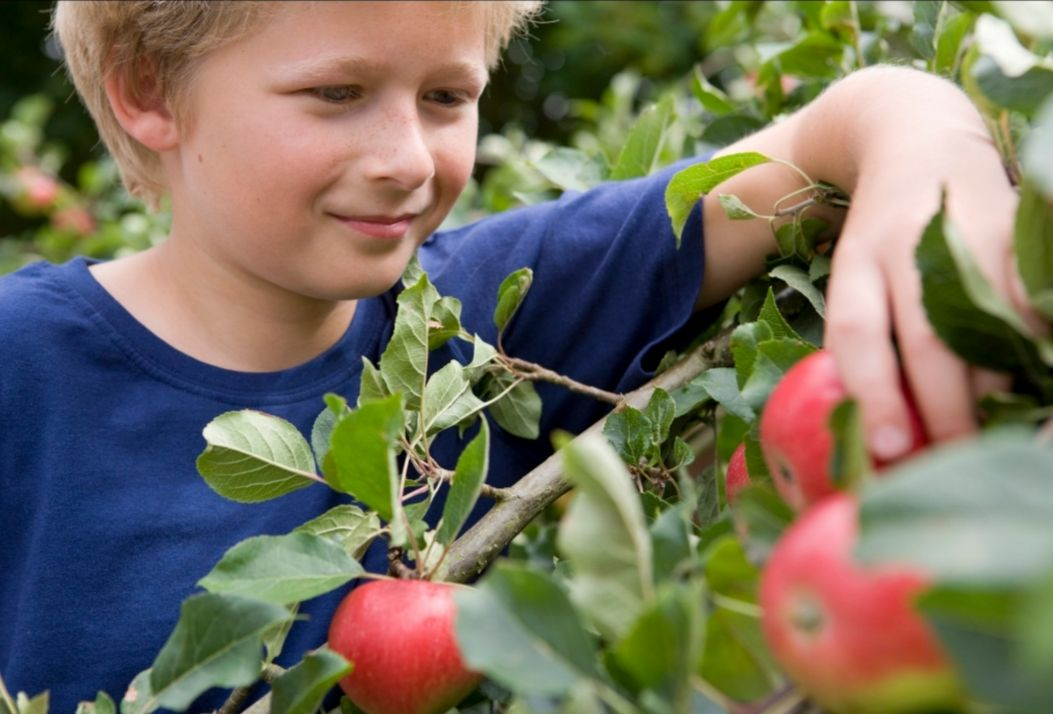
Therefore, in this post, I have specially collected some fruit trees that are more suitable for container cultivation (excluding vines and creeping varieties) to meet the needs of gardening enthusiasts who want to build their own small orchards. The summary is as follows:
1. Crispy Kumquat
Crispy kumquat is the best among kumquats. It has thin and juicy skin, is sweet and delicious, and is also the preferred potted fruit tree in the central and southern regions.
This fruit tree is easy to manage, has a high yield, and can bear fruit repeatedly throughout the year. It prefers acidic soil, fertilizer, and sunlight.
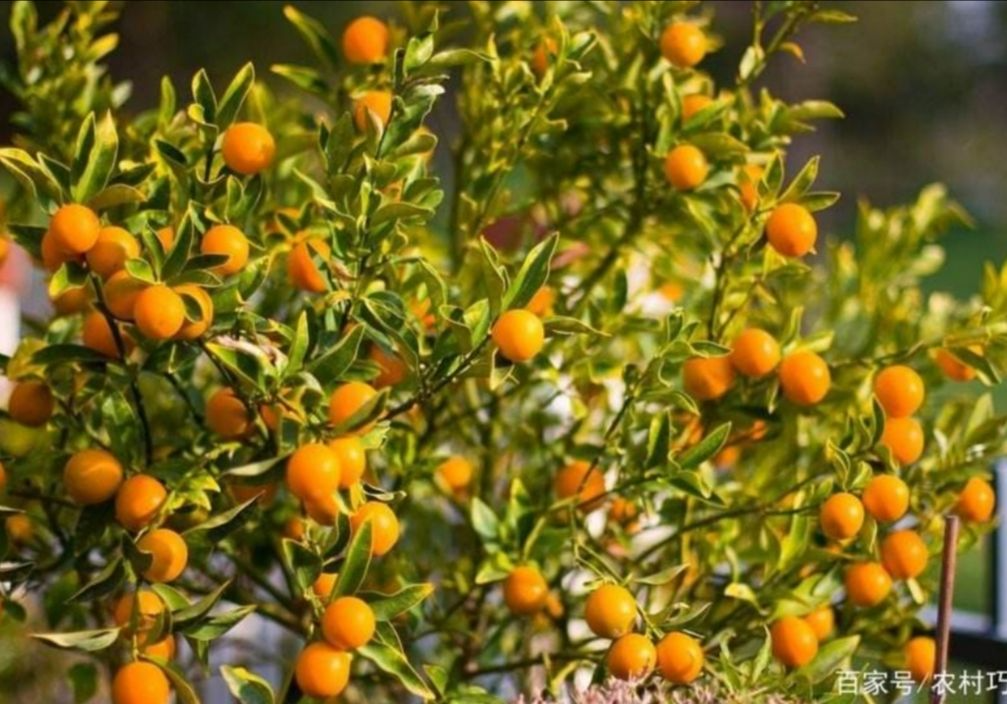
2. Lemon
Lemon trees can also be grown in pots. It's best to buy a sapling and grow it in a pot from a young age to help control its shape. Lemons have a fragrant aroma, beautiful color, and they hang around for a long time, making them great for both viewing and eating.
It also prefers acidic soil and its habits are not much different from those of the kumquat. However, to ensure the quality of the fruit, it is advisable to reduce the buds and perform artificial pollination. Because it is less tolerant to cold and heat, it is best to provide some shade during the summer and keep it warm in the winter to prevent freezing.
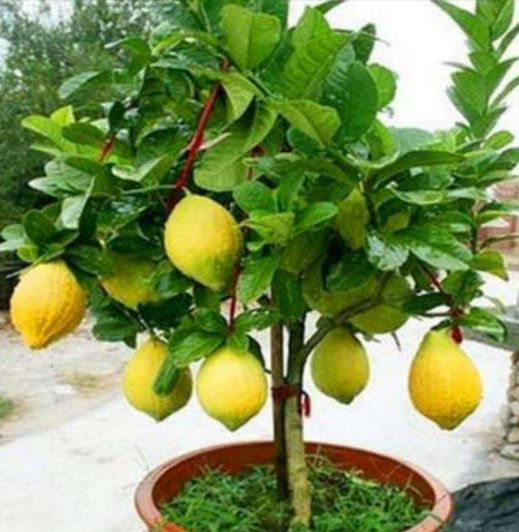
3. Small figs
Some small varieties of fig trees can also be controlled in larger pots through pruning.
Fig trees are insect-resistant and highly productive. They prefer alkaline soil, fertile soil, and sunlight, and are relatively drought-tolerant but sensitive to waterlogging. In areas where winter temperatures drop below -15°C, they should be overwintered indoors or protected. Add some wood ash to the soil to adjust the soil's alkalinity.
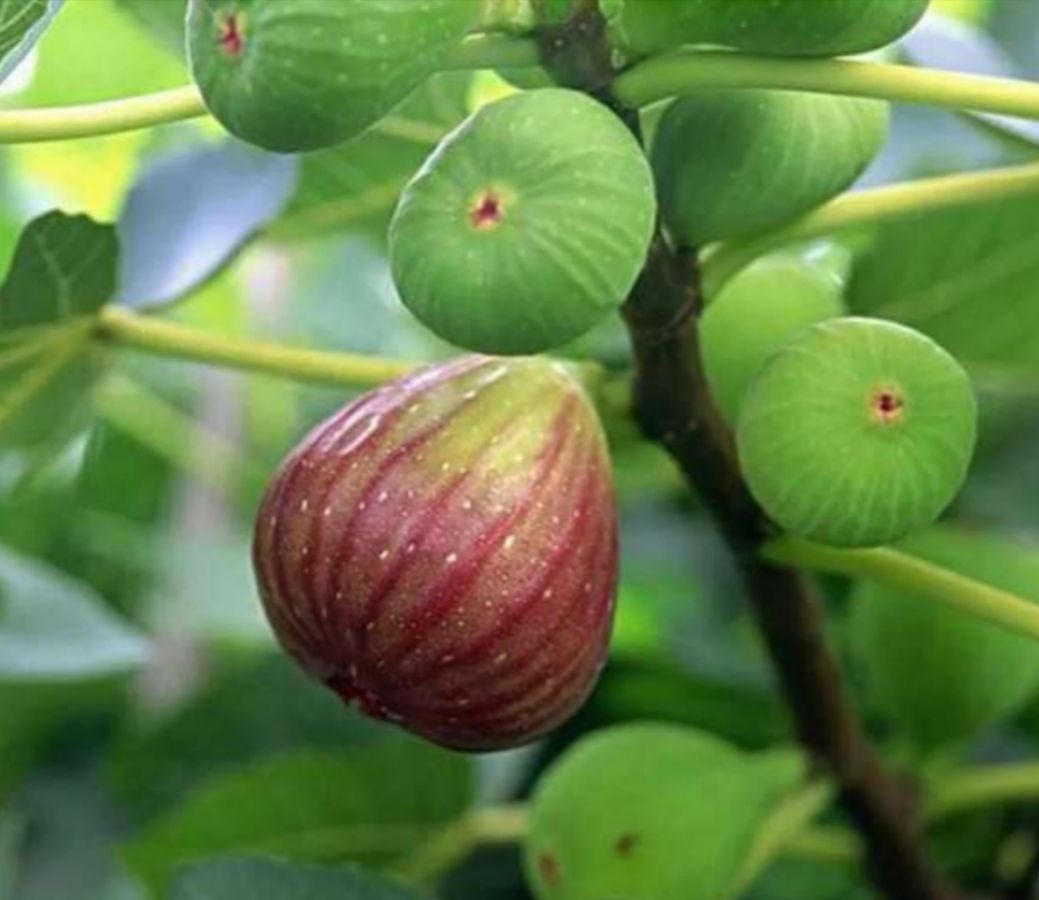
4. Chicken Heart Fruit
The scientific name of the crabapple is Malus splendidus, which is actually a type of crabapple. The fruit looks like a small heart-shaped apple, is bright red, and is extremely abundant with a sweet and sour taste.
The heart-shaped fruit tree itself is not small, but it can be grown in a pot. It has a strong habit, is not picky about soil quality, is relatively cold-resistant and drought-resistant, and enjoys light and fertilizer, making it easy to manage. The fruit tastes better in areas with large temperature differences.
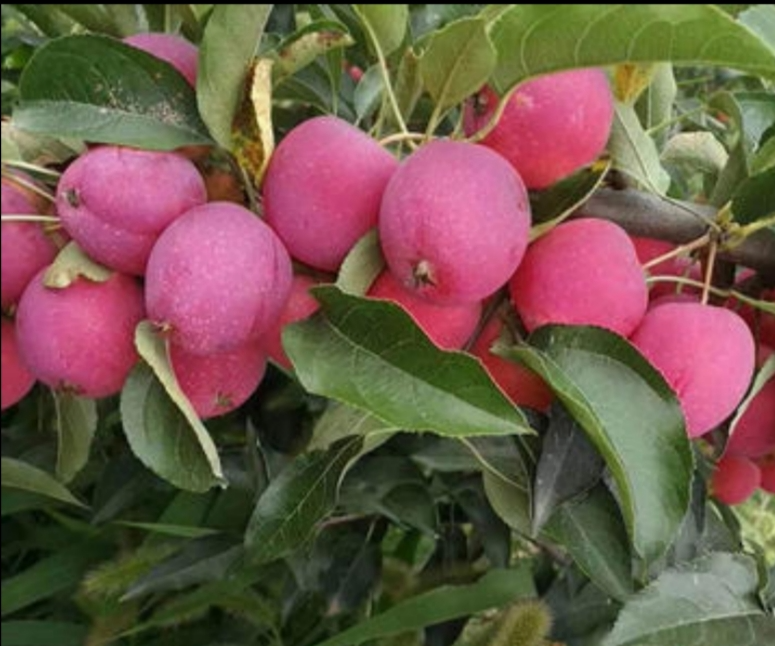
5. Calcium Fruit
The Calcium Prunus, also known as the European Prunus, is a fruit tree in the Rosaceae family. It typically grows as a shrub or small tree. It is a high-yielding plant with nutritious fruits, including a high calcium content.
Calcium fruit trees like the sun, slightly tolerate shade, prefer fertile, breathable, moist soil, but are also drought-resistant and extremely cold-resistant. They like fertilizer and are relatively tolerant to barrenness.
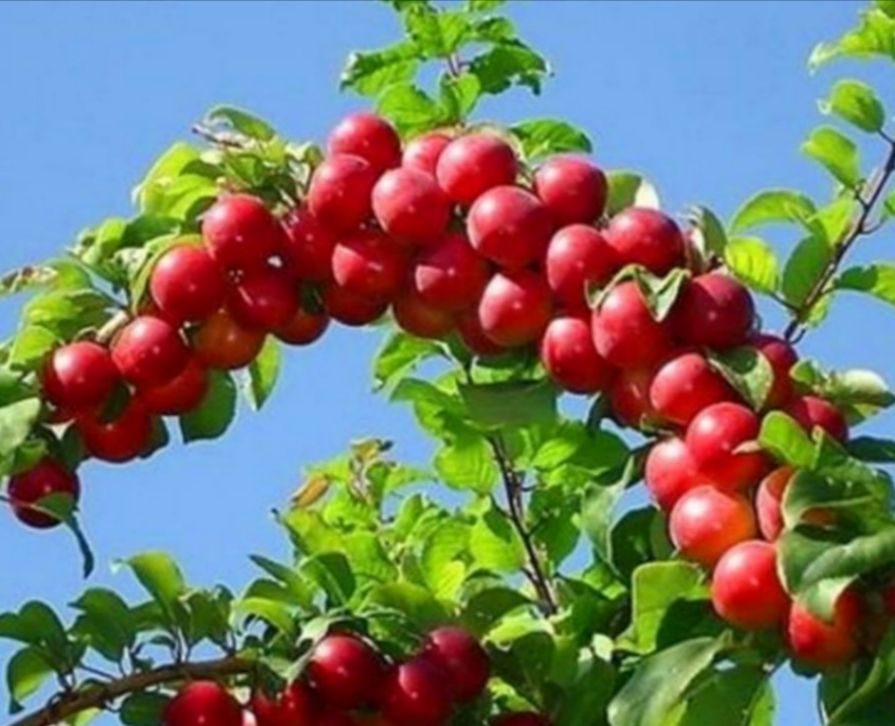
6. Pomegranate
Most pomegranate varieties have vibrant red flowers that bloom in the summer, creating a beautiful sight. With careful shaping and pruning from a young age, they can thrive in pots and make excellent bonsai.
Potted pomegranates like light, fertilizer, and alkali, are relatively cold-resistant, and are afraid of waterlogging. They fall leaves and dormant in the north, but can be evergreen in the south.
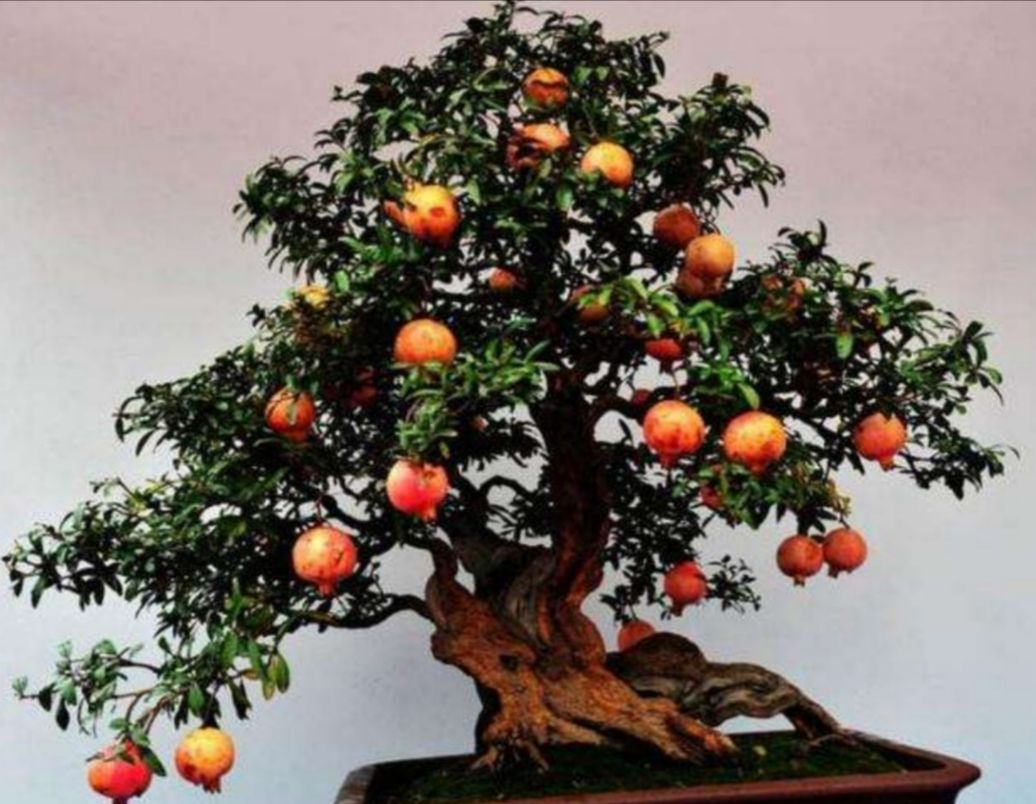
7. Blueberries
Blueberries are a relatively expensive fruit that can improve eyesight. There are varieties suitable for both northern and southern cultivation.
Blueberries like acidic humus soil with good air permeability and water permeability. They like light and are not tolerant to heavy fertilizers. You can use acidic and fruit and vegetable type liquid fertilizers alternately, and spray potassium dihydrogen phosphate during the bud formation period.
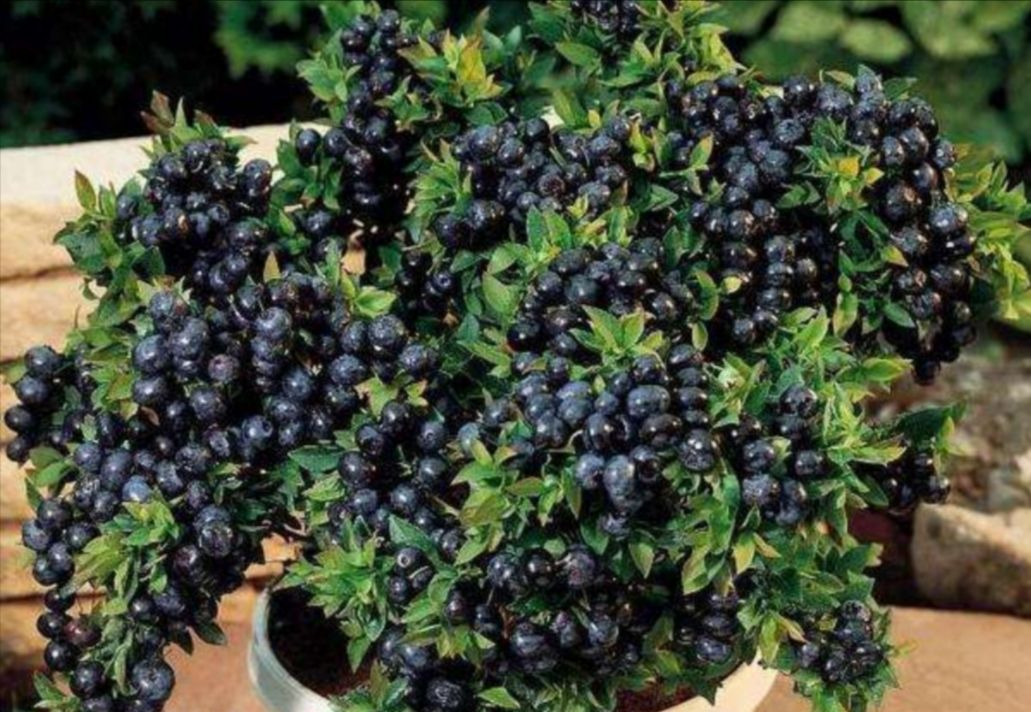
8. Raspberry
Raspberry is a small shrub of the genus Rubus in the Rosaceae family. Its aggregate fruit is shaped a bit like a strawberry and is very delicious.
Raspberry varieties are available in single and double seasons. They grow quickly and prefer slightly acidic or neutral soil. They appreciate fertility but are also relatively tolerant of poor soil quality. They prefer sunlight but are not tolerant of intense sunlight. They perform well in northern and central China but not in the hot, rainy southern regions.
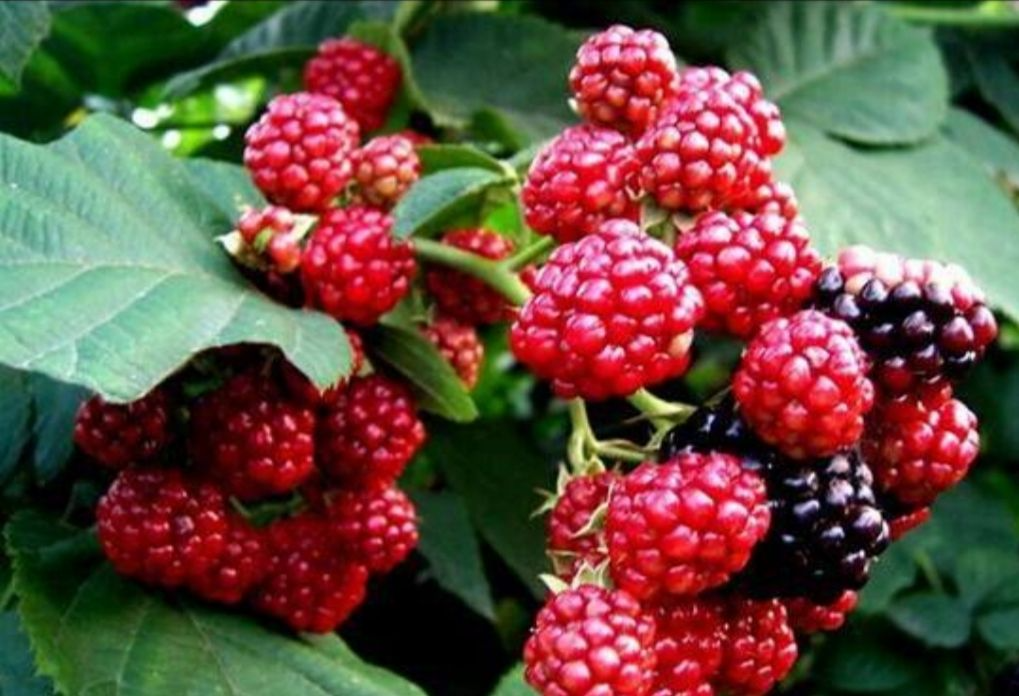
9. Gooseberries
Gooseberries are a small shrub that produces beautiful, translucent fruits that resemble strings of small lanterns. Although not very sweet, they are nutritious and are an excellent choice for making jams, preserves, and wine.
Gooseberries are relatively cold-resistant, like light and fertilizer, and prefer slightly acidic or neutral fertile and breathable soil. They are especially suitable for planting in the north.
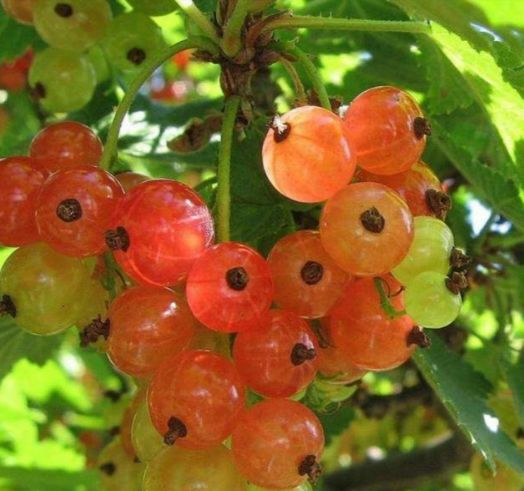
10. Philippine oil fruit
Feiji fruit is a recently introduced shrub or small tree in the Myrtaceae family, also known as feiji fruit. Its fruit has a unique taste, resembling a blend of various fruits, and can be enjoyed in a variety of ways. The flowers are also beautiful, with a white background and red stamens.
The Philippine oil fruit tree enjoys light, moist, breathable, acidic soil, high humidity, and light fertilizer, but is also alkali-tolerant. It prefers a warm environment and has average cold tolerance, with winter temperatures not exceeding -10°C. Due to its rapid growth, potted plants require regular pruning.
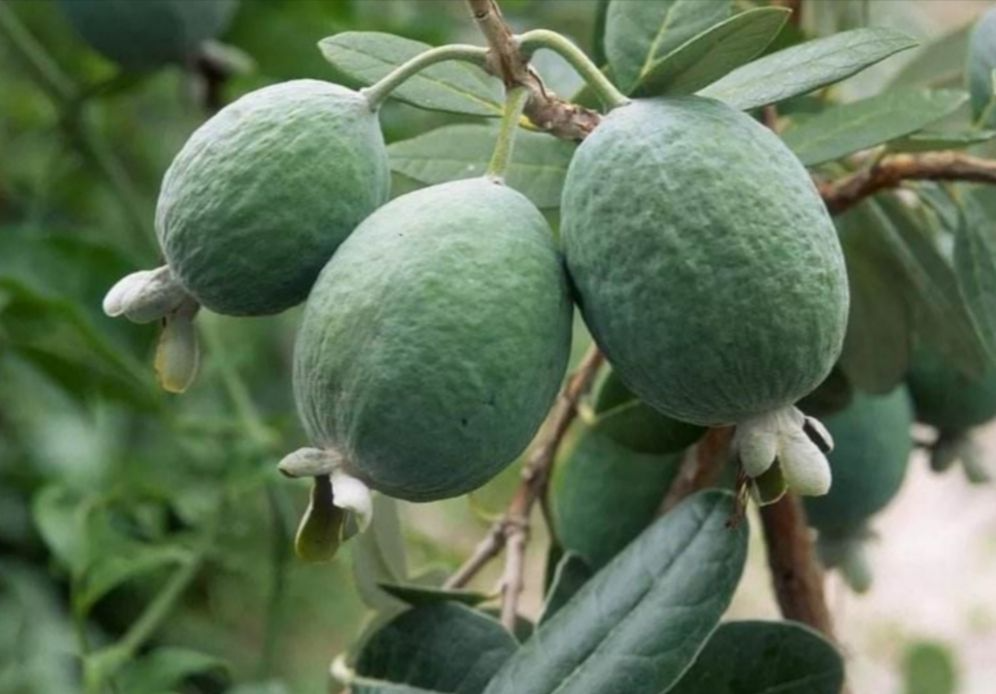
11. Cherry
Everyone knows the delicious taste and beauty-boosting properties of cherries. Cherry trees are shrubs or small trees belonging to the genus Prunus in the Rosaceae family. Currently, there are both small-fruited, high-yielding traditional native cherries and large-fruited, foreign cherry varieties in China.
Cherry trees are best grown in deep, large pots. They prefer sandy loam or other loose, breathable soil with a relaxed pH. The soil should be well-drained, light-loving, fertile, and moderately hydrated. Most varieties are somewhat cold-tolerant, and some native northern varieties are extremely cold-tolerant. Care should be taken to prevent fungi and insects.
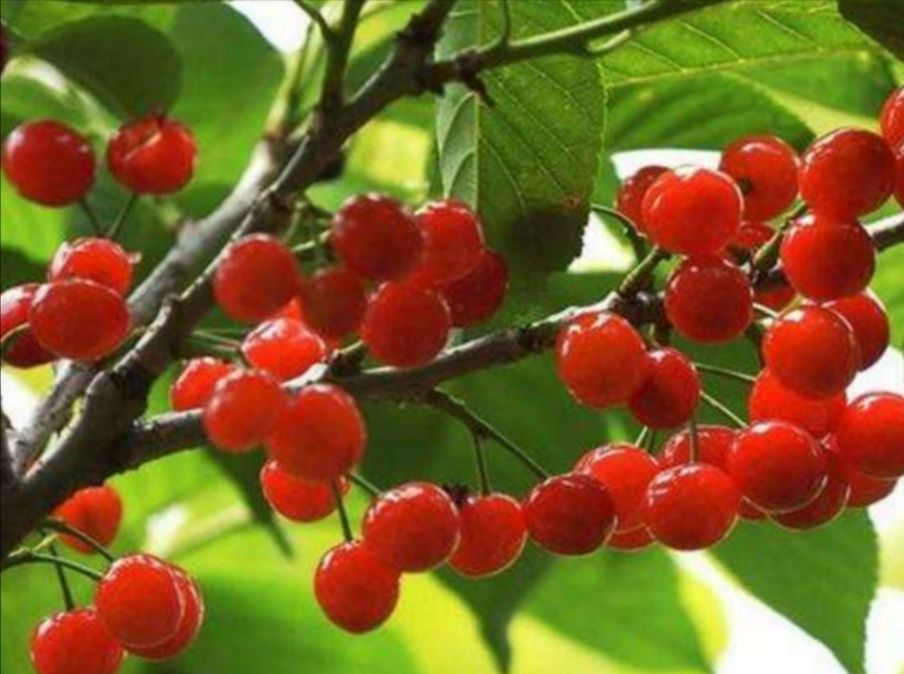
12. Acerola
Acerola, also known as the West Indian cherry, is a plant of the Malpighiaceae family. It's not related to cherries in the Rosaceae family, but its fruit resembles them in appearance and is edible. Its beautiful pink flowers resemble crape myrtles from a distance. Acerola cherries are recognized worldwide as a source of vitamin C, and pharmacies often sell supplements containing them.
Acerola is a tropical tree that loves light, tolerates heat, is not picky about soil quality, and prefers high humidity. Honeybee has a tree of this tree, and it's known for its resistance to bacteria and insects, provided the climate is suitable. However, it is sensitive to cold and requires temperatures above 10 degrees Celsius.
This tree is an excellent bonsai material.
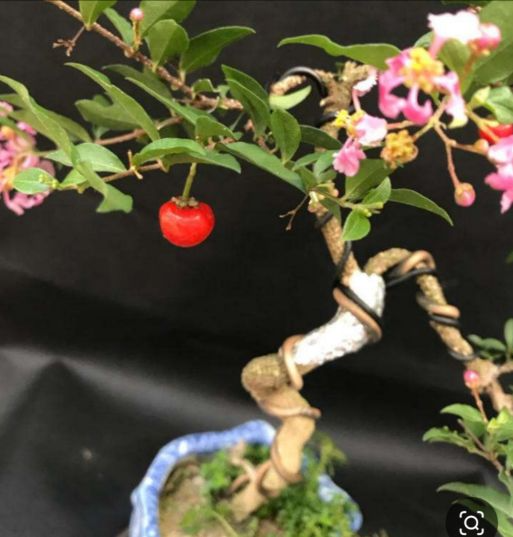
13. Elaeagnus
Elaeagnus oleraceus, also known as goat's milk fruit, is an upright shrub of the Elaeagnaceae family. It is native to China and was once a popular wild fruit. In recent years, new varieties have been introduced from abroad. Besides being edible, the fruit also has medicinal value.
Elaeagnus is light-loving and moderately shade-tolerant. It's not particularly picky about soil type, but prefers well-drained soil and high humidity. It's relatively heat-tolerant, typically withstanding temperatures above -8°C. It tolerates salinity, drought, and barren soils, but is sensitive to waterlogging and prefers light fertilizer.
Some smaller elaeagnus are also good bonsai materials.
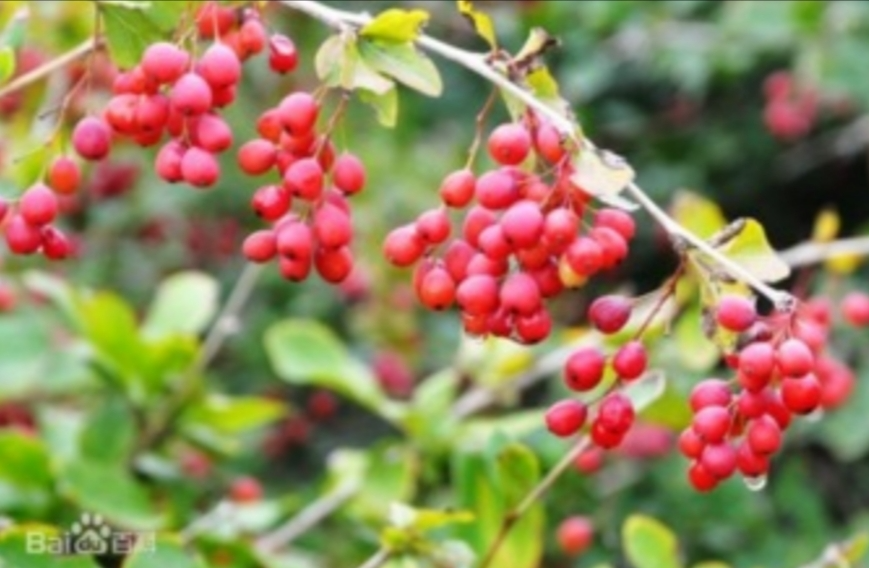
14. Dwarf Banana
Banana trees are members of the Musaceae family. Dwarf bananas, as the name suggests, are shorter varieties of banana trees, making them suitable for potted plants.
Banana trees are tropical plants that prefer hot, humid climates, but dislike waterlogging and are intolerant to intense sunlight. They thrive in sandy loam or loose, breathable humus soil, in partial shade with short daylight hours, and require frequent application of light fertilizer. Temperatures should be maintained above 10°C, and care should be taken to prevent leaf rollers and some fungal diseases. Dwarfing agents can be used to control the growth of potted plants.
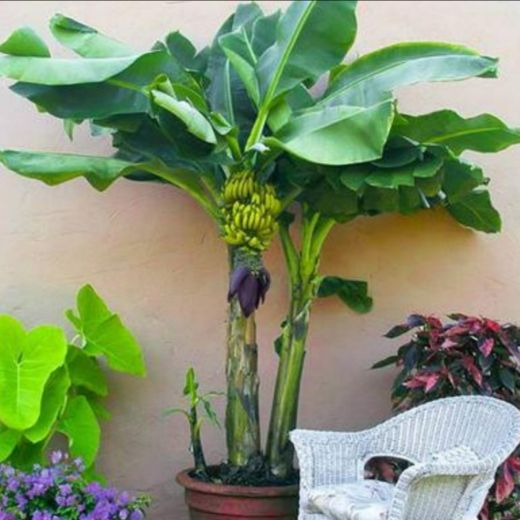
15. Dragon Fruit
Pitaya (Pitaya) is a large succulent plant in the Cactaceae family. Its fruit is sweet, nutritious, and can reduce internal heat. The plant has a unique shape, and both its flowers and fruit are highly decorative.
Native to the tropics, it is extremely heat-tolerant, with temperatures exceeding freezing. It is light-loving, drought-tolerant, slightly shade-tolerant, and tolerant of poor soil quality. It is not particularly picky about soil quality, but is sensitive to waterlogging and requires well-drained soil to prevent root rot and soft rot. Its total water and fertilizer requirements are higher than those of typical small ornamental succulents. A small amount of manure mixed with a little bone meal can be used as a base fertilizer, and a succulent-grade liquid fertilizer should be applied frequently in thin layers. Dwarfing agent can be used to control its growth.
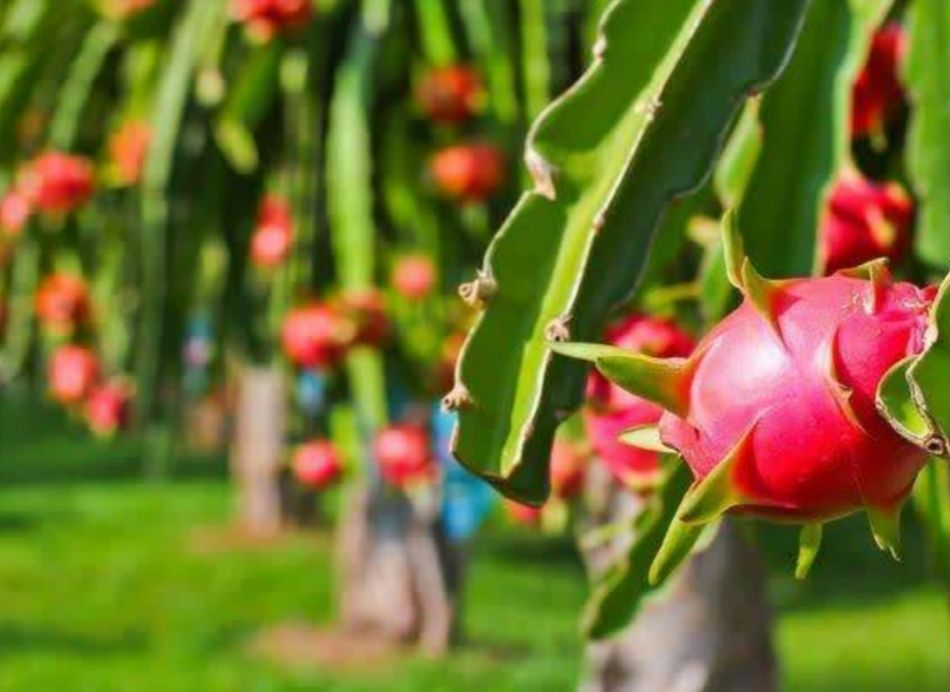
16. Mulberry
If you're not superstitious and don't mind the pronunciation of "桑," these specially cultivated fruit mulberry varieties are also ideal potted fruit trees. Mulberries are highly nutritious and a great food supplement. They can also be preserved and brewed into tea and wine. Mulberry leaves also have medicinal and edible properties and can be used to raise silkworms.
Mulberry trees are deciduous trees or shrubs in the Moraceae family. Potted plants should be smaller or of a controlled size. They prefer warm, humid climates and are not picky about soil quality. They are somewhat cold- and drought-tolerant. They enjoy light and fertilizer, are relatively rain-tolerant, and require protection from pests and diseases.
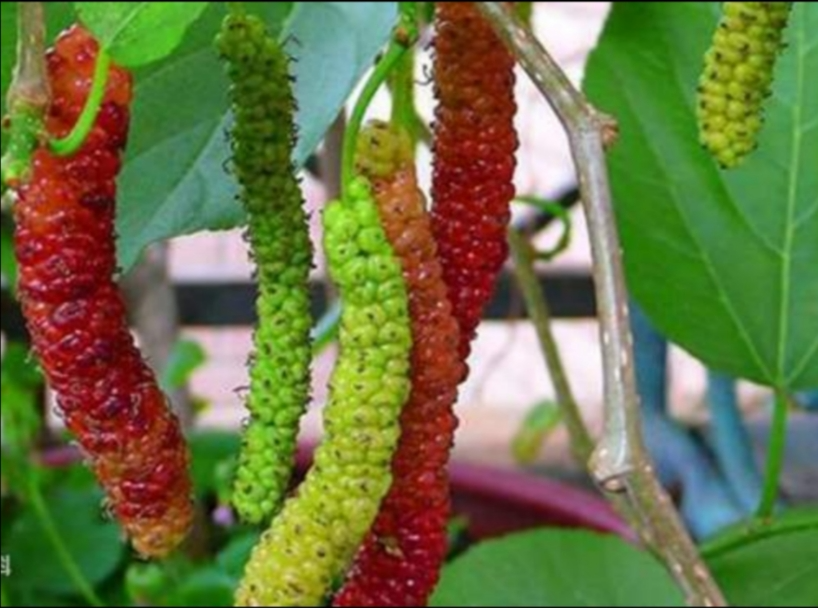
17. Blue Indigo Fruit
Blue indigo fruit, also known as mountain eggplant, is a species of honeysuckle in the Caprifoliaceae family. Its fruit is oblong and has a unique blue color. It has a sour taste but is rich in vitamins and anthocyanins, making it suitable for making jams, beverages, and wine.
The blue indigo fruit is a specialty of the honey bee's northern homeland. It is a deciduous shrub that prefers light but cannot tolerate intense sunlight or heat. It tolerates high temperatures and appreciates water and fertilizer, but is also sensitive to waterlogging. It should be cultivated in a well-ventilated, loose, humus-rich soil, making it suitable for the northern region.
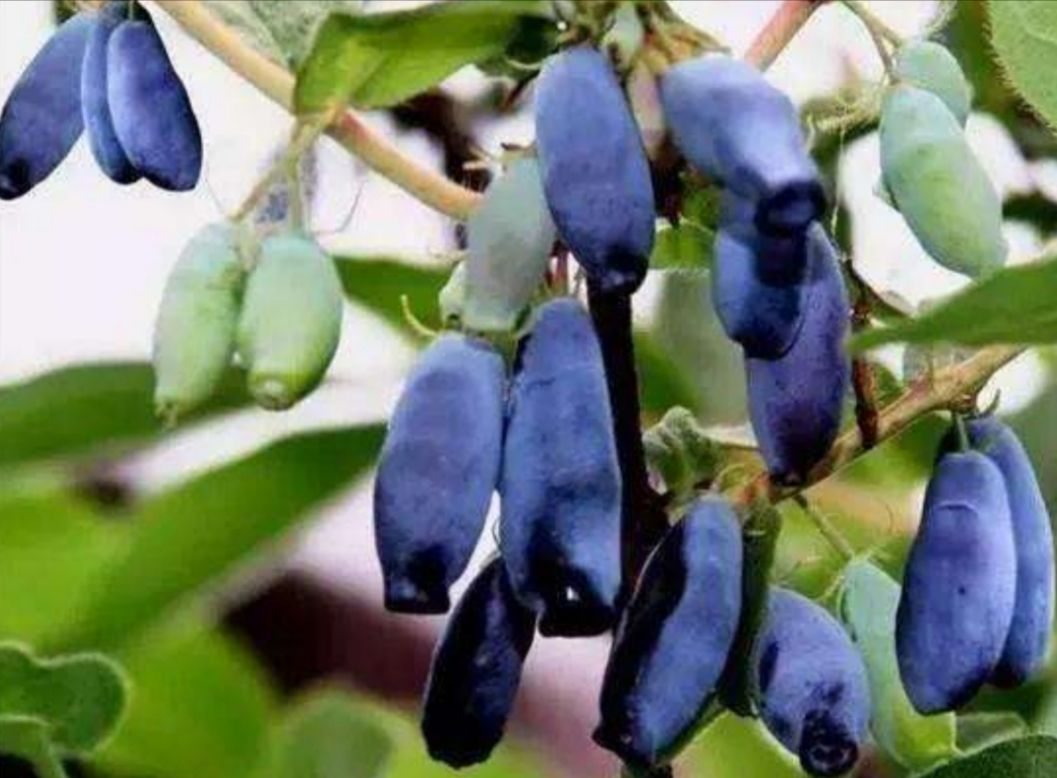
The variety of fruit trees listed above is sufficient to satisfy your home fruit cultivation needs. However, this doesn't mean you can buy them all. Each variety has its own characteristics, adapting to different temperature, humidity, soil, and light conditions. Interested individuals are advised to carefully read these characteristics before purchasing and choose carefully based on your location and environment.
(This article is original, and the pictures are from the Internet. Thanks to the photographer, if infringed, please delete.)